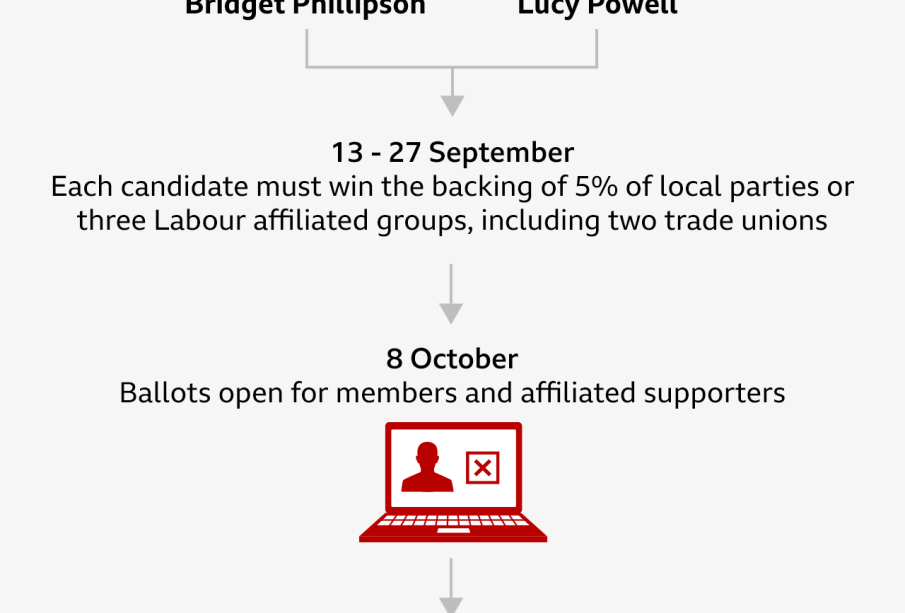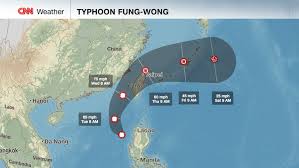Understanding the Two Child Benefit Cap in the UK

Introduction
The Two Child Benefit Cap is a significant policy in the UK that has far-reaching implications for families and their financial stability. Introduced in 2017, this cap limits the amount of financial support families can receive for their children to just two children, regardless of the total number of children in the household. The policy aims to control government spending on welfare but has drawn criticism for its impact on low-income families. Understanding this policy is crucial as it affects the livelihoods of many across the country.
What is the Two Child Benefit Cap?
The Two Child Benefit Cap effectively means that families receiving Child Tax Credit or Universal Credit can only claim for their first two children. For every additional child born after the policy’s implementation, families do not receive additional financial support. This limitation is a substantial shift from the previous system where families could receive benefits for all children without such a cap.
Impact on Families
Since its introduction, the cap has reportedly affected approximately 300,000 families, leading to increased financial pressures for those who have more than two children and are reliant on state support. Critics argue that this policy discriminates against larger families and places undue strain on low-income households, forcing some families to make difficult choices regarding childcare, food, and housing. Reports suggest that many families have experienced increased levels of poverty due to this restriction.
Government’s Justification
The UK government has justified the Two Child Benefit Cap by stating it helps to ensure fairness in the welfare system and encourages families to make responsible choices about having children. The policy is framed as a necessary measure to reduce the welfare budget, which has faced scrutiny and pressure given the rising costs of living and economic challenges.
Recent Developments
In recent months, there has been increasing pressure on the government to reconsider the Two Child Benefit Cap amid a growing cost-of-living crisis. Advocates for change point to rising inflation and the financial burdens on families, calling for a review of the policy. Some political parties are pledging to abolish or amend the cap if they gain more influence, signalling potential changes ahead.
Conclusion
The Two Child Benefit Cap represents a significant policy that affects many families across England, with implications that extend beyond simple financial considerations. As discussions and debates surrounding welfare continue, the future of the cap remains uncertain. For many families facing financial hardship, any changes could have a vital impact on their ability to provide for their children and ensure their wellbeing. Understanding the dynamics of this policy is essential for navigating the current welfare landscape in the UK.









